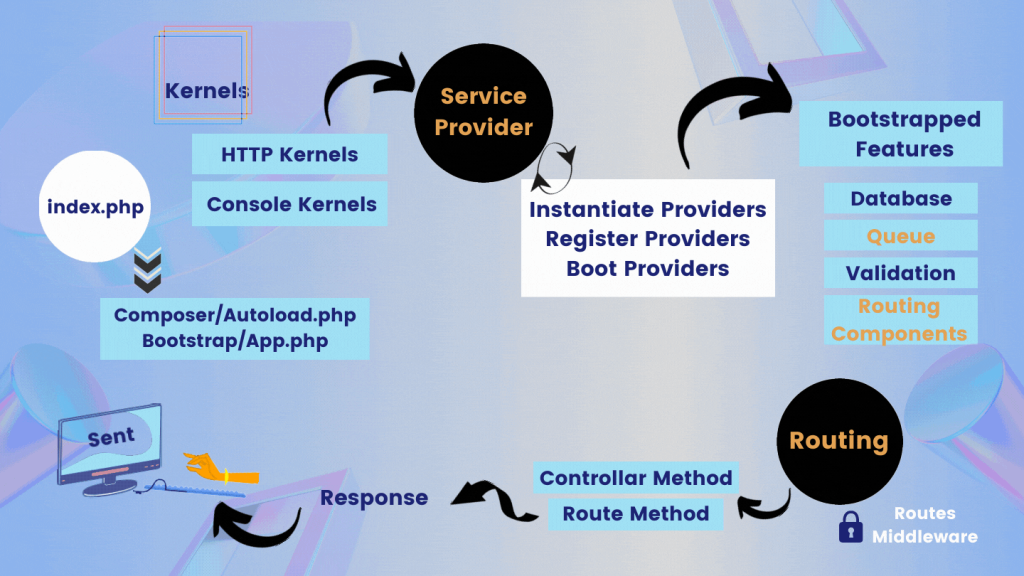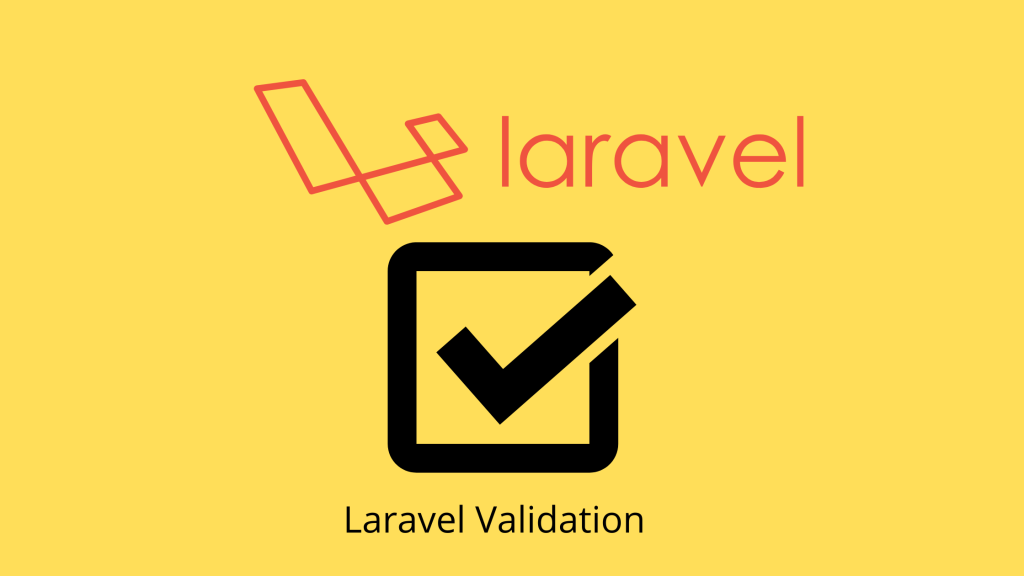Laravel, a powerful PHP web application framework, offers developers a versatile set of functions and methods that serve distinct purposes in the development process. Laravel’s diverse range of functions and methods caters to different aspects of web development, from routing to database interactions and user authentication. By understanding and utilizing these functions effectively.
- Routing Functions: Navigating the Web Landscape

get(): Defines a route for handling GET requests.post(): Defines a route for handling POST requests.put(),patch(),delete(): Handle respective HTTP request methods.
2. Controller Functions: Orchestrating Actions

index(): Handles displaying a list of resources.show(): Displays a specific resource.create(),store(): Manages resource creation.edit(),update(): Handle resource editing and updating.destroy(): Deletes a resource.
3. Model Functions: Interacting with the Database

find(): Retrieves a record by its primary key.all(): Fetches all records from a table.create(),update(),delete(): Perform CRUD operations.
4. Database Query Functions: Crafting Precise Queries

select(): Specifies columns to retrieve.where(),orWhere(): Adds conditions to the query.join(): Combines rows from different tables.
5. Middleware Functions: Fine-Tuning Request Processing

handle(): Executes code before the request reaches the controller.terminate(): Code executed after the response is sent.
6. Authentication Functions: Safeguarding User Access

auth(): Provides access to the authenticated user.login(),logout(): Manage user authentication status.
7. Validation Functions: Ensuring Data Integrity

validate(): Validates incoming request data against defined rules.sometimes(): Conditionally applies validation rules.
8. Session Functions: Managing User State

session(): Retrieves or stores data in the session.flash(): Stores data in the session for the next request.